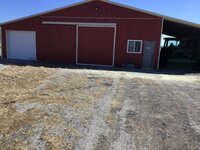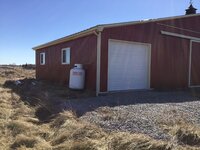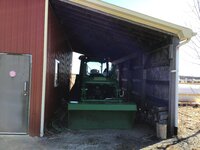5
535616
Guest
Good day ALL.....This is my first day. My husband is building an addition onto his car barn(was my horse barn) and I'm claiming 8'x10'! It will have 2 windows, a man door, a chick door, insulation and ventilation. My question is....I've read u shld have 1' per 10 sq ft. So 8' of ventilation? Also what about an exhaust fan? Something i can turn on in the summer or whenever to blow out the fumes? My plan is to eventually have 10 australorps. They will have an outside run. Oh btw, I am a recently retired R.N. I have 5 dogs, 5 cats and a killer Caique. My husband found your BYC site. I want to get away from factory farming eggs. I like to cook up eggs for the dogs as well as myself. Nice to meet all of you.





 Glad you joined.
Glad you joined.

